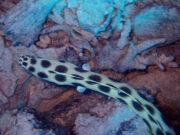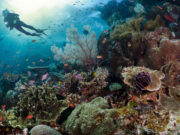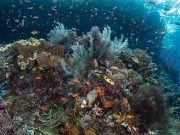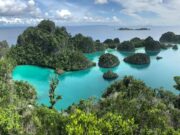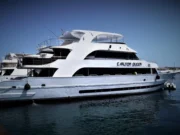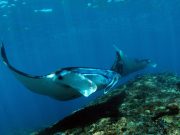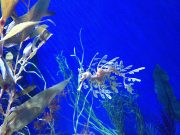Wildlife tourism including white shark cage-diving is growing in popularity, but these industries remain highly contentious amongst divers, conservationists and scientists alike.
Many voice concerns about possible negative impacts, while proponents cite the socio-economic benefits to justify wildlife tourism activities.
To help solve this question of “is wildlife tourism good or bad?”, scientists have created a tool to help managers assess these industries.
The resulting framework uses 26 factors to assess socioeconomic values and effects on conservation, animal welfare, and ecosystem impacts.
To put the new framework to the test, the authors applied it to the white shark cage-diving industry on South Australia’s Eyre Peninsula. Here, three operators host up to 10,000 divers and generate about $8 million a year.
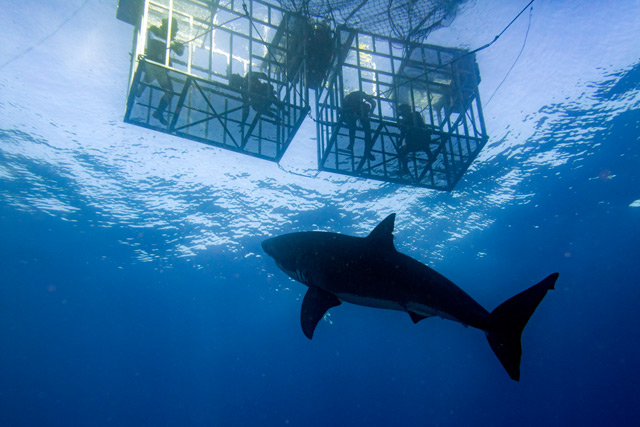
The industry is well regulated with limits on the number of licences, days they can operate, and amount of attractant they can use.
Recent research from research leader Dr Lauren Meyer found that while food-based attractant (bait and berley) had no impact on white shark diet (they still swim around eating their normal prey items), it can affect the diet of fish and rays that live at these offshore islands.
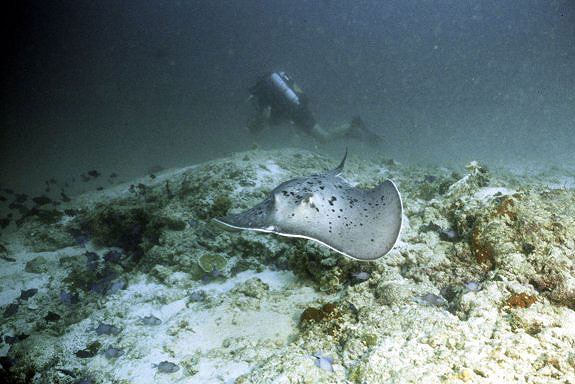 Image: Tim Nicholson
Image: Tim NicholsonThe framework also enabled the comparison of the costs and benefits to white sharks versus the other fish and rays, revealing the holistic acceptability of the industry and identifying key areas for improvement.
White shark cage-diving scored highly positive overall.
The results show that while public opinion varies towards white shark cage-diving, the contribution to public education and awareness, and scientific research is high, Dr Meyer says.
“The conservation outcomes for target and non-target species is high, owing to the protected status of the Neptune Islands Group Marine Park Sanctuary Zone where the industry operates,” she says.
Unsurprisingly, the industry offers substantial regional economic benefits, but while the effects on white shark was well managed, the welfare of fishes and rays was identified as requiring further attention.
Associate Professor Charlie Huveneers, who has studied shark behaviour and ecology for more than 10 years, including white sharks, says the new framework shows how efficient collaboration between scientists, managers and the industry will help minimise negative effects on white sharks, but it also highlighted areas which could be further improved.
Further Reading
Lauren Meyer et al (2021) A multidisciplinary framework to assess the sustainability and acceptability of wildlife tourism operations. Conservation Letters https://doi.org/10.1111/conl.12788
Image credits:
- Marble Ray: Tim Nicholson

